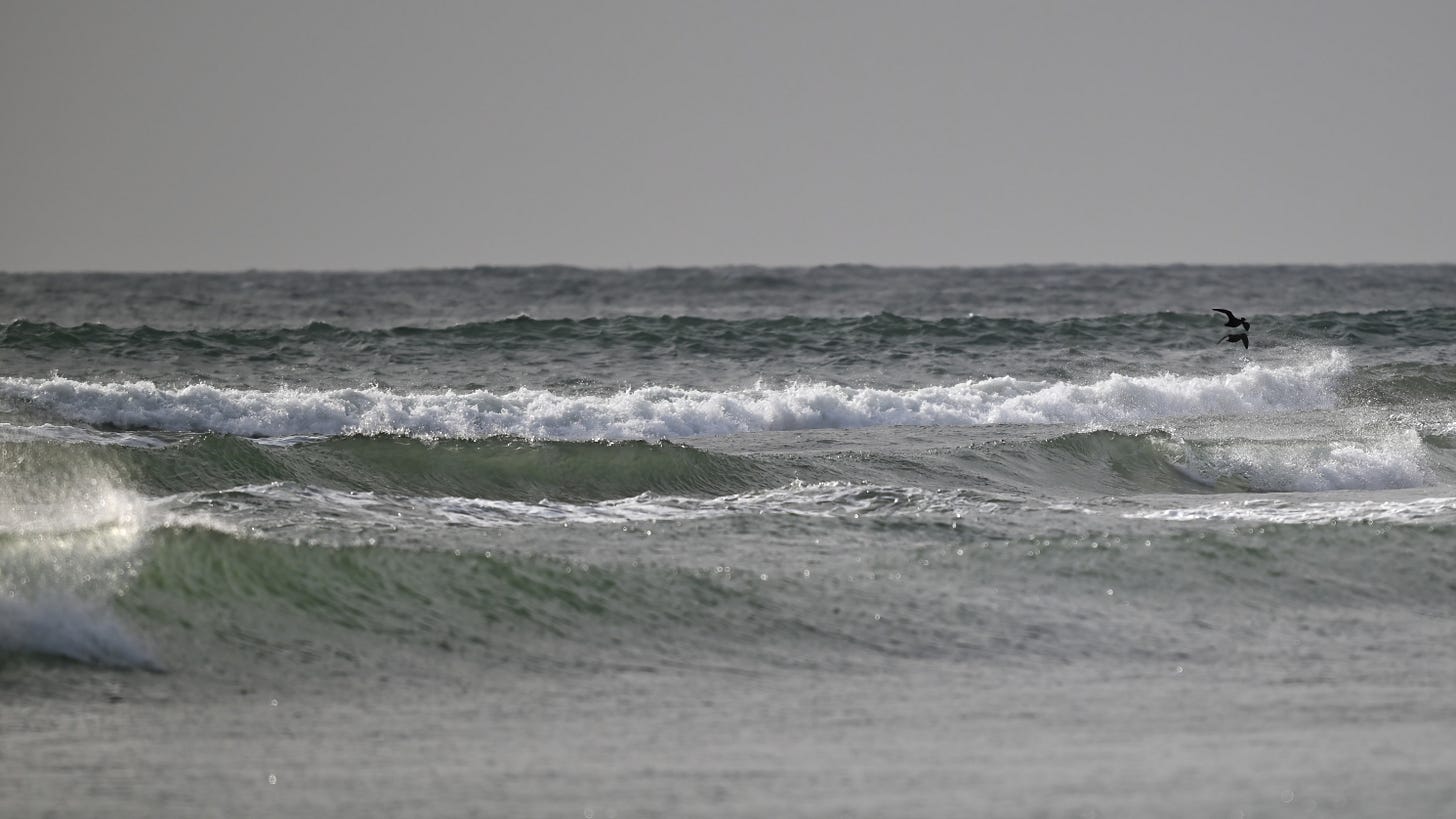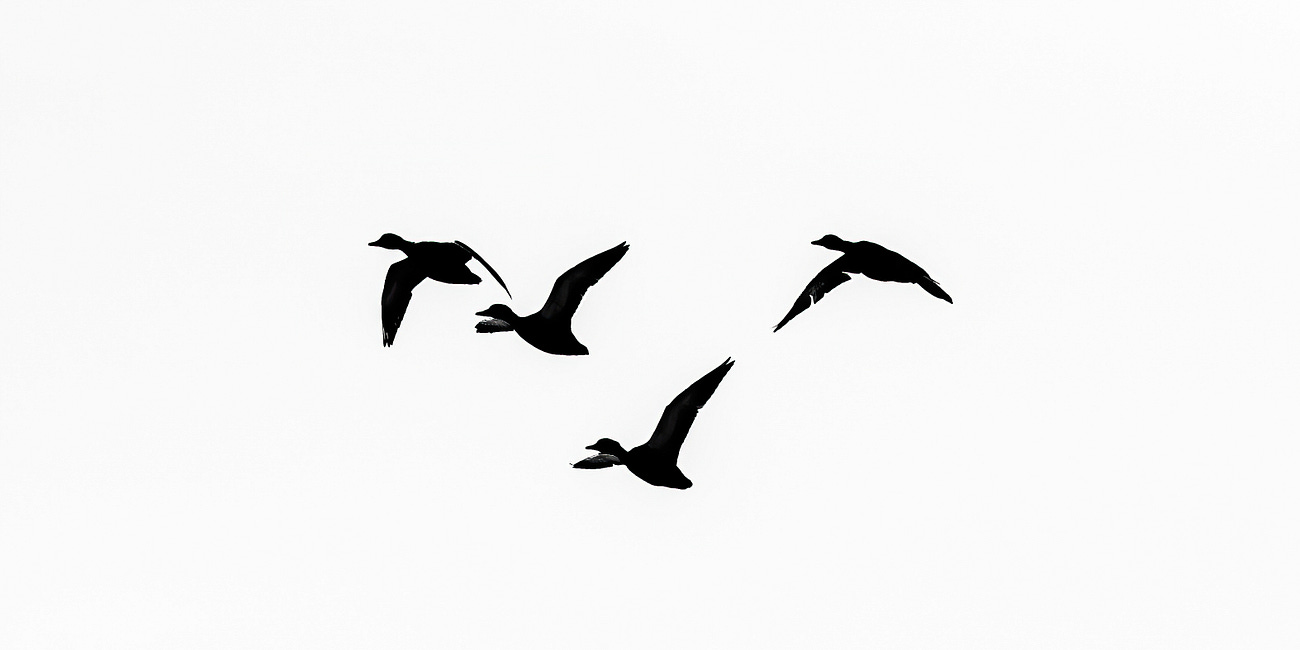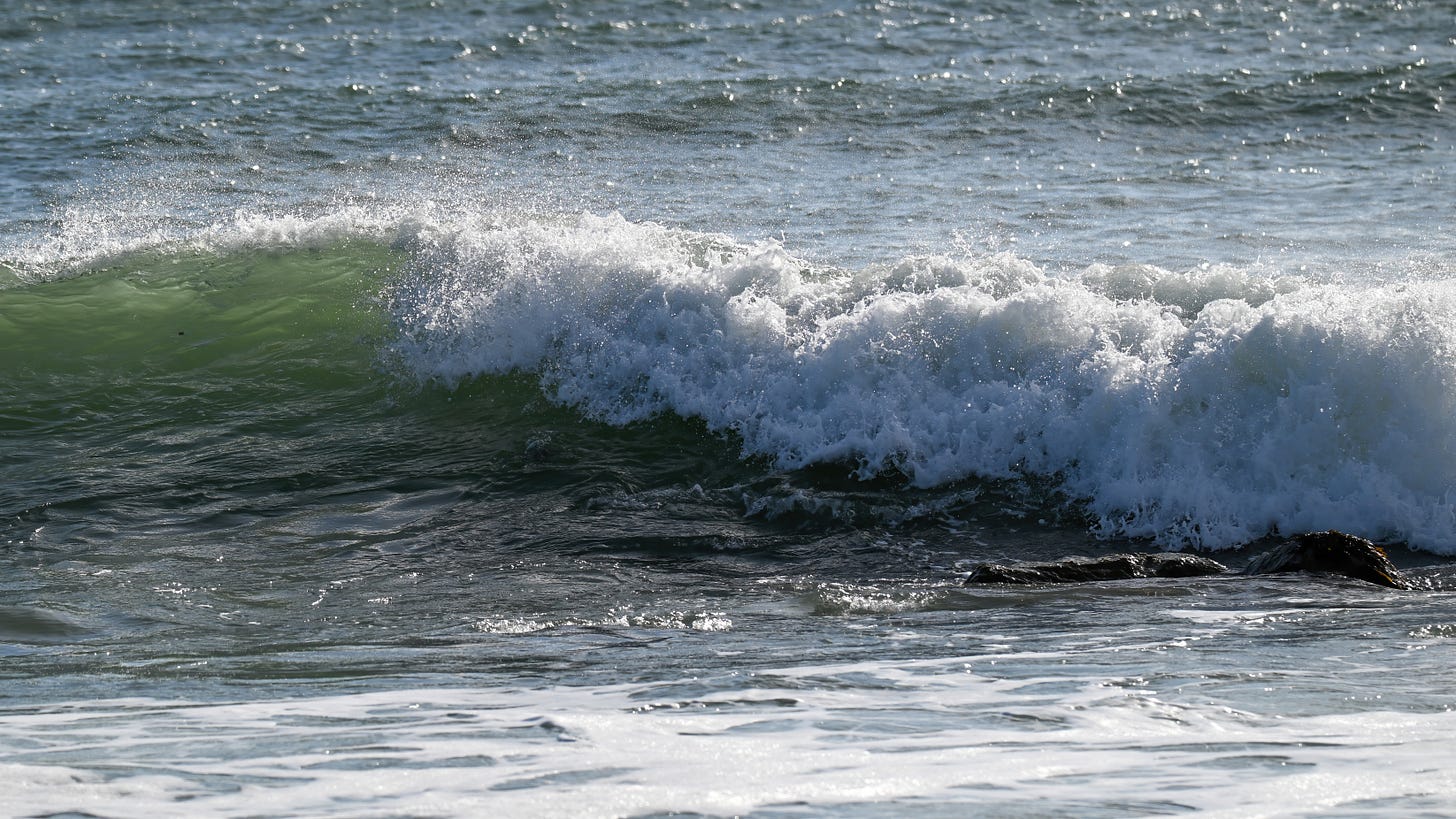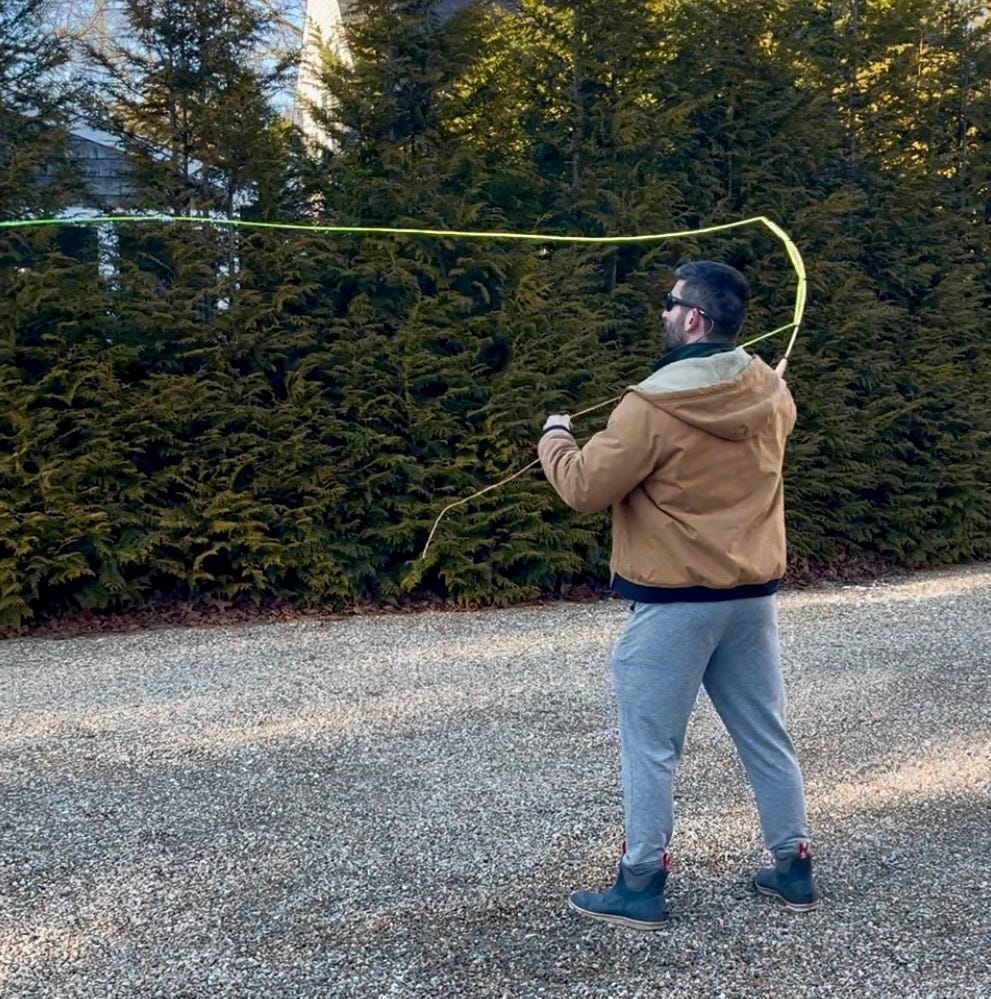Six months after my traumatic brain injury (TBI), a survivor told me it took four years to feel like himself. Each TBI is different. Feeling like oneself is subjective, imprecise. Maybe it’ll take me six years; maybe it took three.
I feel like myself when I bird. When I exercise, write, or take photos. I don’t feel like myself when I read aloud, cast a fly rod, walk up and down stairs, or write by hand.
I, “myself,” changed, but I try to proceed like this didn’t happen. Instead of denial, I call it refusal. I don’t deny what happened, but refuse to let it negatively define me. It defines me to a degree, I can’t help that, but I want it to be positive—reason to better myself.1
Never would I have chosen this to happen, but it did. I described my reaction in the above essay as “not even angry, but undoubtedly rage.” It motivates me.
I look fine. No wheelchair, no cane.2 I exercise, do things, and drive. To most, I don’t seem disabled.
The right side of my body doesn’t work properly. The hip, knee, leg, shoulder, arm, and hand. Weak, imprecise, prone to injury, and slow—not strongly connected to the brain. My axons, “the brain's long, connecting nerve fibers,” were sheared.
I favor my good side when I walk. People have noticed subtle ways I cope with an imperfect stride. I also have a hard time speaking, and worked through severe depression. Heightened anxiety lingers.
A Vision Saga
My most unyielding symptom is my vision. I have fourth nerve palsy. The fourth cranial nerve controls the the superior oblique eye muscle, which controls the eye’s inward and downward movements. With fourth nerve palsy, that muscle is paralyzed. It’s usually unilateral, in only one eye. Mine is bilateral, in both. Less common.
Three surgeries
Patients typically get one, maybe two surgeries. Bilateral often means two. I’d never heard of someone having three. My first was after 22 months. My second: three months later; my third: four after that.
I’d met TBI survivors who’d had one surgery and eventually saw properly without prism lenses. That’s the outcome I want. Proper vision doesn’t come back fast. I am still waiting but have hope.
Fourth nerve palsy causes vertical diplopia—“extra images above or below”—and torsional diplopia—everything “tilted or rotated.” Patients tilt their heads, as I do, to compensate. Fourth nerve palsy causes two types of strabismus: hypertropia, where an eye turns up, and esotropia, where “one or both eyes turn inward (crossed eyes).”

Since my surgeries, I’ve tried not to wear an eyepatch. I have diplopia “when both…eyes are open. It goes away if [I] cover or close one.” Hence: eyepatch. I am thankfully still able to take photos. I close one eye and put the other to my viewfinder.
I avoid an eyepatch whenever possible. It doesn’t allow the eyes to collaborate, so slows vision recovery—already quite slow. To me, forgoing an eyepatch and going about my day is a vision exercise.
My grandfather always said: “A quitter never wins, and a winner never quits.” My vision sees small improvements. Doorknobs, faces, light switches—one of the two images fading. Reasons to keep forgoing an eyepatch when possible.
Recently, looking across the table at someone, her face was correct. Eyes not askew or double. I hadn’t seen a correct face in a while, so cried.
Her face soon became incorrect again. My diplopia comes and goes. Vision recovery after TBI is a long, confusing road. Mine still isn’t what it was and might never be, but I remain hopeful.
Hopeful as I am, reading still looks wrong. Too many margins, paragraphs, overlaid lines of misaligned text. An eyepatch is often necessary. Complex material is already hard. No need to make it harder.
I’m lucky in a thousand ways. Things are also harder in a thousand ways. Anything gets better if you’re patient and take proper steps.
Some believe TBI recovery stops at two years; “patients are sometimes told (incorrectly)…[recovery ends at] a certain point.”
It doesn’t. There’s no need to discourage people from trying. The brain keeps “improving with [proper] stimulation.”
My balance improves because I still exercise it. My vision improves, I believe, because I forgo an eyepatch to exercise it.
I exercise my speech. After two years, I kept going to speech therapy. Early on, speech therapy’s focus was often cognition. As time passed I just wanted to sound better.
My last speech therapist was prepared to focus on cognition, but when I said I just wanted to sound better she pivoted: voice production and articulation. With her guidance I improved, but doubt I’ll ever feel satisfied with my speech.
TBI recovery is part of my everyday life. If there’s no reason not to, I stand just on my bad leg. I open and close my right hand, exercise my thumb, touch each finger to it, and still do gait training on a treadmill.3 Writing is important to me, so I practice writing by hand. Pen, paper, and stopwatch to balance speed and legibility. It’s not glamorous, but I’ll be glad I did it.
Emma Levine says: “Our brains are plastic; they are adaptable and mendable.” Neural pathways become more or less likely depending how often we use them. “Use it or lose it.”
Lessons I’ve learned from TBI can apply to everyone:
When you can’t do something, keep trying. Try new ways.
I was good at fly casting before my TBI. I’ve worked to become good enough again, not as good.
With a 36” practice fly rod, I still work on it. My cast took years to build the first time; it’ll take years again. Losing a skill presents the opportunity to regain it.
I will also fish in new ways, not requiring long casts. Double hauling for stripers was my top concern. Now I’ll cast 50 feet to brookies.
If you want change, take action.
Sometimes the best action is to wait patiently.
Not putting your eggs in one basket requires more than one, but don’t overdo it.
You have 100%. Two baskets requiring 75% each is 150%. Instead, maybe give 50% to one, 25% to another, 20% to one more. Keep 5% for yourself.
Give others, and yourself, grace. Don’t give up. Don’t be too proud for long-lasting, unglamorous effort. “A quitter never wins, and a winner never quits.”
In elementary school, we chose poems to read to the class. I chose William Ernest Henley’s “Invictus.” Critic John Ciardi called it "perhaps the most widely-known bad poem in English." Nelson Mandela and John Lewis would disagree.
Invictus
William Ernest Henley
Out of the night that covers me,
Black as the pit from pole to pole,
I thank whatever gods may be
For my unconquerable soul.
In the fell clutch of circumstance
I have not winced nor cried aloud.
Under the bludgeonings of chance
My head is bloody, but unbowed.
Beyond this place of wrath and tears
Looms but the Horror of the shade,
And yet the menace of the years
Finds and shall find me unafraid.
It matters not how strait the gate,
How charged with punishments the scroll,
I am the master of my fate,
I am the captain of my soul.Discharged from the hospital with a cane, I never used it. I wanted to relearn to walk, not learn to walk with a cane. I walked a lot. One day “I walked over 10 miles and squeezed one of my grip strengtheners the whole time…repeating to myself as I walked and squeezed: This is fun for you. You love this.”
I wrote about walking in a different post in 2023:
My walks are inspired in part by “A Man Walks Off His Parkinsonian Symptoms,” a chapter of The Brain’s Way of Healing. John Pepper, “who was diagnosed with Parkinson’s disease, a movement disorder, over two decades ago,” now shows no symptoms—largely thanks to “an exercise program he devised.”
I can walk, but the treadmill allows me to keep speed consistent to address specific aspects of my stride: How my right foot lands, using my calf, walking straight on the treadmill belt, not favoring a side. I multitask. Right foot falls: close the right hand; left foot: open it. Harder, for me, than it sounds.


























I was listening to Slick Rick earlier today and wondered how things were going with your eyepatch. Anytime I've seen someone wear one they've looked cool as hell, so at least at the times it's necessary you'll have that going for you. May you have many more moments of seeing people correctly without the need for a patch though. I love the different ways that light is playing in so much of these photos by the way.
I very much admire your courage and strength in working through your injury, but also the courage it takes to share a very personal journey. Know that your teachings are like ripples in a pond, spreading out from one small place to be felt by many. Bravo to you. Keep going and keep sharing.